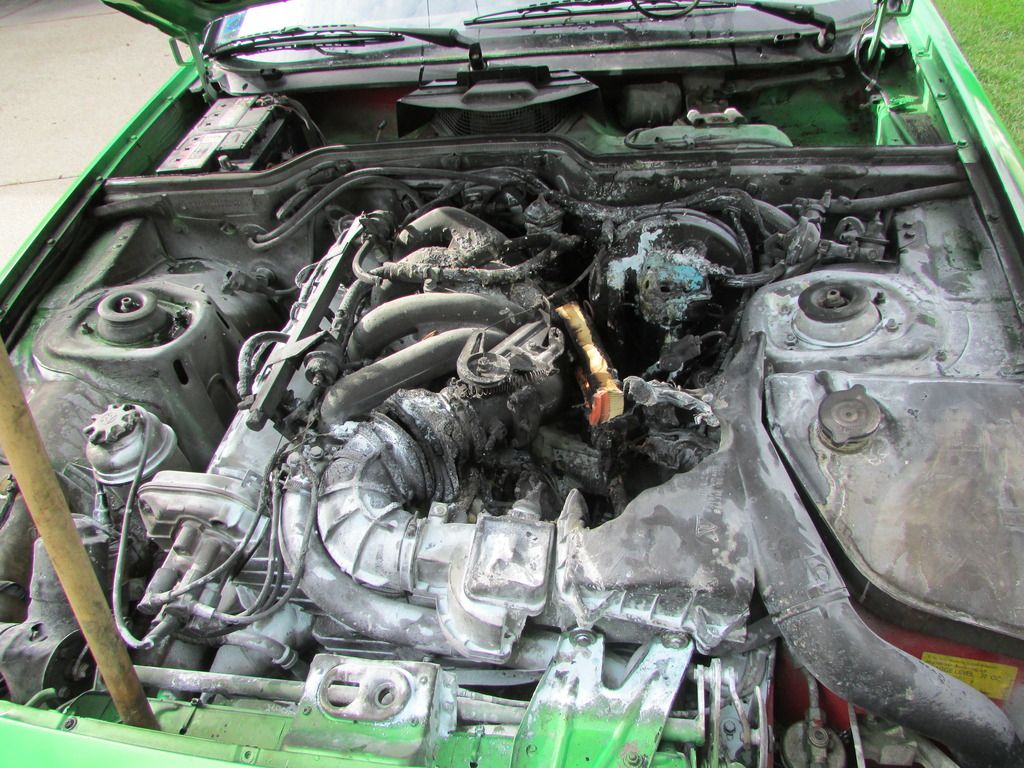I was just about ready to put the fuel rail back on my car when I noticed that all four of the o rings for the injectors seem to have vanished. Plenty of vendors sell the large and small seals as a kit but omit the o rings. The only one that does have them is Midwest http://midwest-bayless.com/Fiat-X19...-seal-kit-12x-fiat-sohc-wbosch-l-jet-new.aspx (those in the middle row) and no one appears to sell these by themselves. I'd rather not buy the whole kit and also have to wait for it to ship to me.
Does anyone know where I could score these and/or what their outer & inner diameter is? Also, my memory's a little fuzzy about where exactly they go (my manual isn't clear on that but does confirm that I should have 'em). IIRC they go around the outer edge of the hole in the runners where the injectors sit. If that's the case, then I should just be able to measure that distance and hope there is a universal o ring that's about the right size.
Does anyone know where I could score these and/or what their outer & inner diameter is? Also, my memory's a little fuzzy about where exactly they go (my manual isn't clear on that but does confirm that I should have 'em). IIRC they go around the outer edge of the hole in the runners where the injectors sit. If that's the case, then I should just be able to measure that distance and hope there is a universal o ring that's about the right size.



